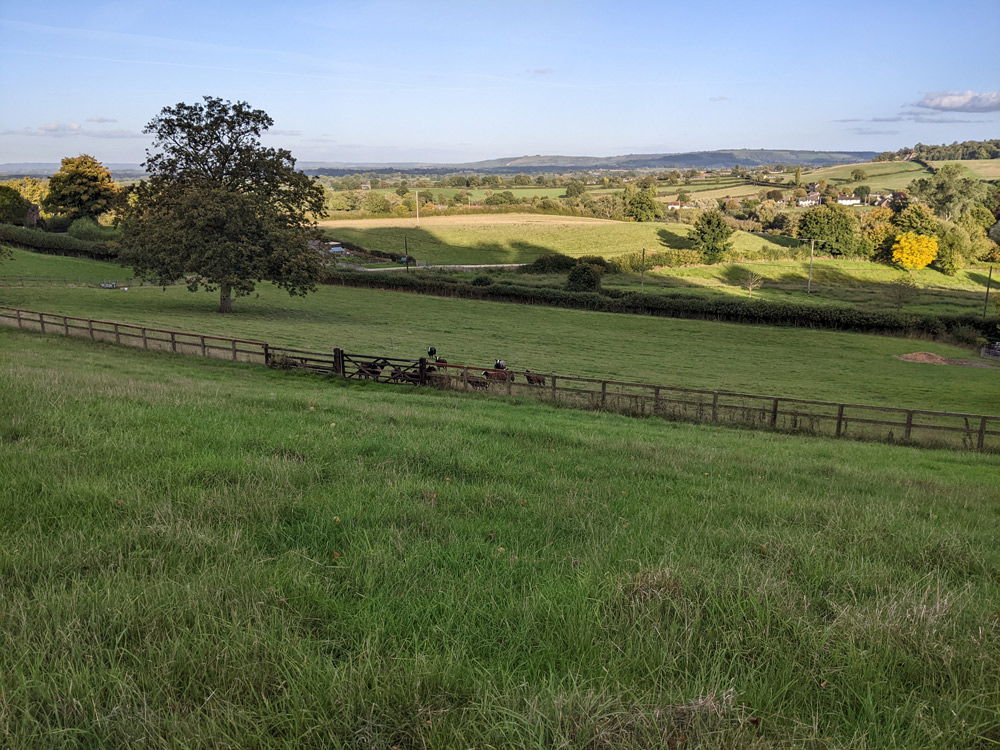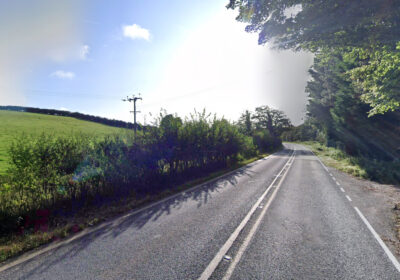by Tria Stebbing.
With the sheep happily grazing, it is time to turn our attention to the security and maintenance side of the field. We plan to keep the ewes on autumn grazing in the next village for as long as there is good grass. This gives us time to look carefully at the hedges in our own field.
How boring…but it’s nice work in the wintery sun, and far better to have it sorted before the sheep come back. It is also a great social activity, and so many people stop to ask how to lay hedges.
Him indoors, or in our world ‘him outdoors’, has been working hard laying the hedges on our boundary. Hedgelaying is a craft that has been practised for hundreds of years. It allows the hedge to slowly increase in size and stay healthy, as well as providing a stock barrier and dense habitat for wildlife. If you see a hedge that looks as though it has been plaited or woven at the bottom rather than harshly cut across the top, the chances are that it has been laid. In different parts of the country there are even different styles of laying.
When you lay a hedge, you bend or partially cut through the shrubbery and arch the stems without breaking them so they can be intertwined, forming a dense base from which shoots will form future height.
Pleaching is the term used to describe the partially cut stem, which is laid over. Sap will continue to rise through this small piece and will force the plant to regenerate, shooting new life from its base. This is nature’s own mindfulness, to sit in the sun, pleaching and weaving the ‘liggers’, knowing that you are making a hedge secure, thick and a haven for nature.
Don’t confuse the delicate art of hedge laying with the work of the huge machinery currently flailing the hedgerows next to our roads. These hedges can only be cut back at certain times of the year – flailing is not allowed between 1 March and 31 August to protect nesting birds. It looks barbaric at times, but flailing is necessary to maintain light levels and to prevent the hedges encroaching into the fields or the roadside. Sadly, it’s simply not practical for a farmer to sit basking in the sun laying his hedge by hand, hence those big tractors crawling along with their huge arms spread out – usually when you are in a hurry!
Our sheep also do an amazing job of keeping the hedge back. One, who we call black nose, is often found on her back legs working her way along the hedgerow picking her way through the leaves.
There are other jobs too. The stock fence will need tensioning, because one of the lambs had a fascination for putting her head through it last spring – the grass always being greener on the other side of a fence. The field will be safer for this essential maintenance and when I am walking the perimeter in the dark and mud next spring trying to put the sheep to bed I will at least be confident that they can’t escape… I hope!










Leave a Reply